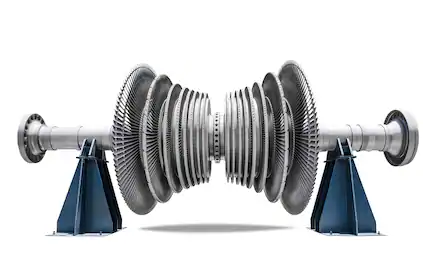According to the data of 2017 solar power generation exceeded 400 GW in the world which is more than overall capacity of nuclear power. Peak generated power of the largest Chinese solar plant Tengger Desert Solar Park reaches 1,5 GW with the required installation square for solar cells and other solar infrastructure of the plant around 43 km2.
The total installed capacity of solar plants in Russia composed 834 MW or 0,34 percent of the united power system in 2018. The biggest Russian solar power plants in the Republic of Crimea are Perovskaya solar power plant 105 MW, Nikolayeskaya 69 MW; Samarskaya 75 MW in Samara region, Funtovskaya 60 MW in Astrakhan region and Orskaya 40 MW in Orenburgskaya region.
Usually photocells of powerful solar plants are combined by 10 kV invertors with the following voltage increase up to 110 kV and power export to the grid.
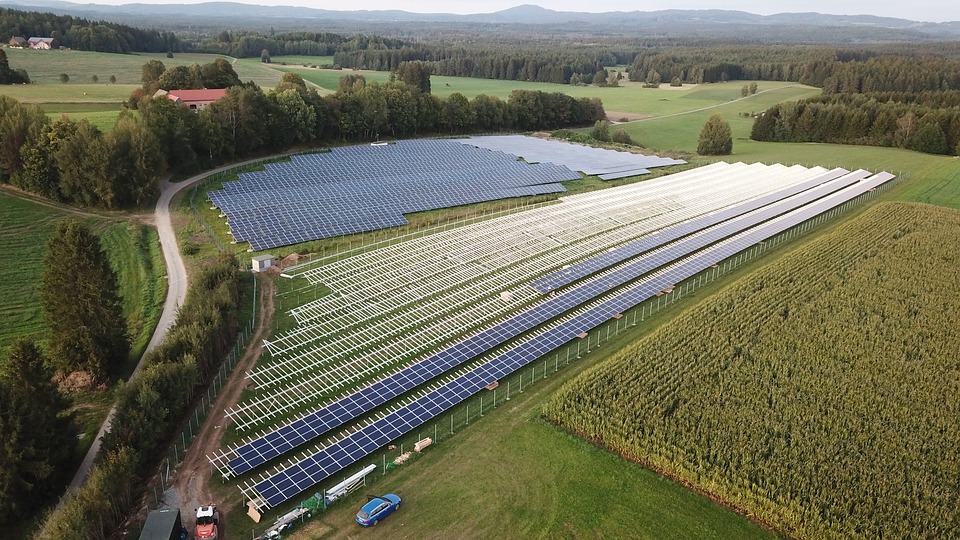
All photocells generate direct current which can be transformed then in alternate current with the help of invertors.
It is considered that energy generated by solar power plants costs 2…4 times higher than that generated by heat power plants on gas fuel. Solar energy is a high growing industry in the world scale with the installed power rise more than 30 percent annually.
There are a lot of small private solar stations which are not connected with the united power system. That’s why these solar stations are not included in the total generated capacity. Usually small solar units are installed when it is not possible to connect to a local electrical grid or a customer wants to get savings due to the private electricity production.
Powerful solar plants with capacity exceeding 5 MW are installed on the ground in metal frames on special foundation.

Energy produced by solar panels depends on the latitude where they are installed. Solar cells are tested at standard conditions. These tests include light exposure, radiation spectrum and test temperature:
• sun exposure 1000 W/m2;
• temperature 25°С;
• spectrum AM 1,5 (sun spectrum at geographical latitude 45 ͦ).
Solar elements are tested at 25 ͦC and at this temperature volt-ampere characteristics is measured. Efficiency of the modern silicic cells is 20 percent at 25 ͦC.
The rest 80 percent of the solar energy cannot be transformed into the useful alternate current and will increase the temperature of solar cells. In summer period temperature of solar panels can reach 55…60 ͦC which should be taken into consideration when placing them on the roof or side walls of the buildings.
Each temperature increase of solar panel for 1 ͦC reduces efficiency of a module for around 0,35 percent. Relation of photocell efficiency and temperature is not linear. To reduce photo panel temperature and increase power generation efficiency should be created an air gap between solar panel and a roof or side walls.
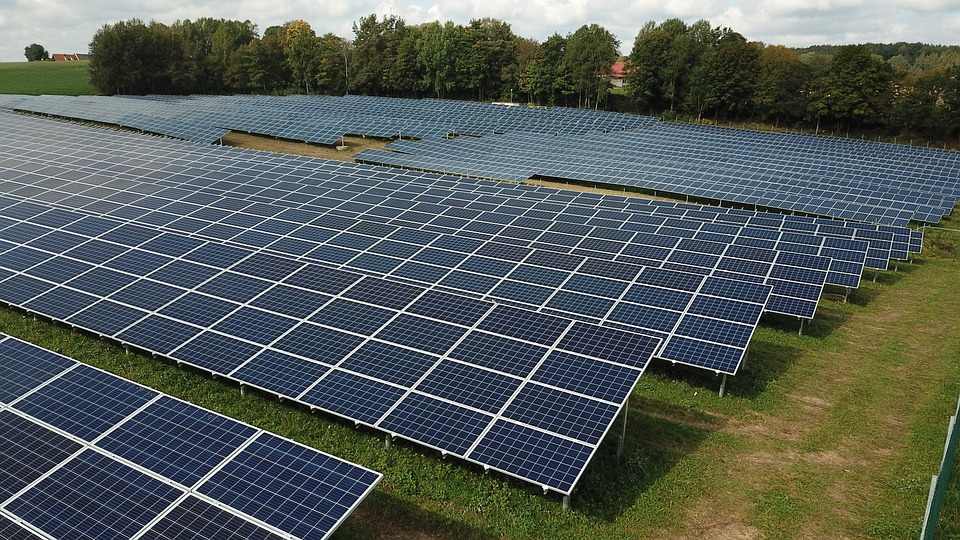
To maximize electrical power output solar panels should be installed perpendicular to the angle of light exposure to the land surface and direct them to the South.
Light exposure at latitude of 55,7 ͦ(latitude of Moscow) for the dates 21 June and 21 December are approximately 8,5 times different from each other. The main share of annual electricity production is generated in summer period in the middle of the day. The angle of the Sun above the horizon in summer period in Moscow is 55 ͦ, the optimal angle for photocells installation is 35 ͦ above the horizon.
In winter period the angle of the Sun above the horizon in Moscow is 13 ͦ. That’s why placing solar panels on vertical walls of the buildings will be more effective in this period. However taking into account the big difference in light exposure and generating power ratio in summer/winter period around 8,5 times vertical panels are much less efficient than those mounted with the optimal angle 35 ͦ.
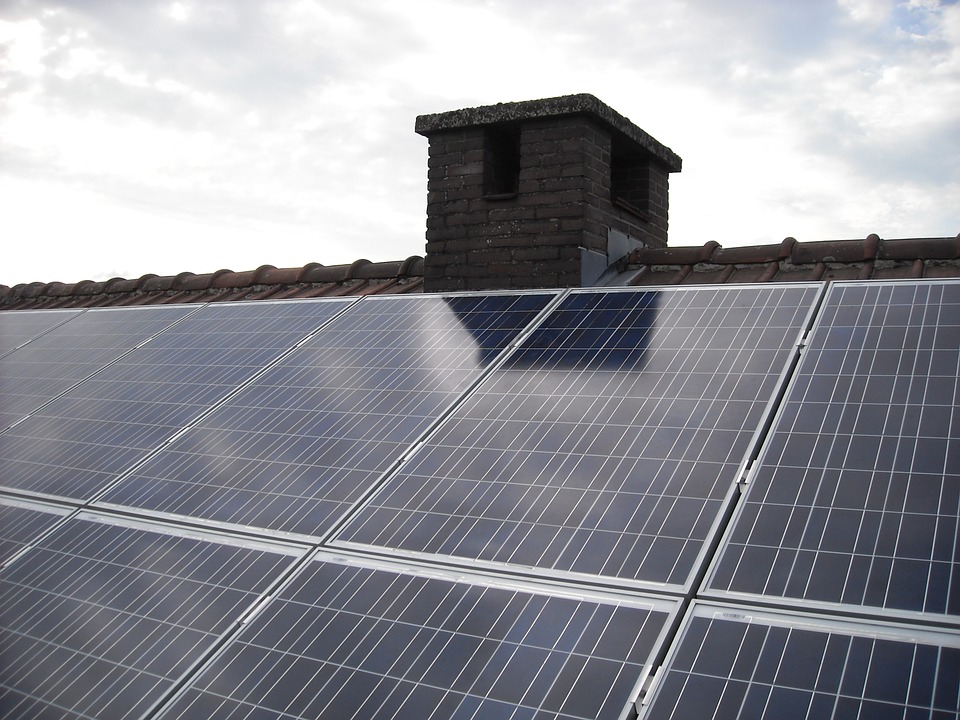
The annual power production is around 130 kWh per square meter on the latitude of Moscow for photocell efficiency 20 per cent. It was reported that in summer period electrical energy would be generated mostly by solar panels. They should be directed to the South during 7 daylight hours when the Sun goes through the highest path above the horizon.
130 kWh/m2 will be generated in Moscow by solar panels without Sun tracking system. Taking into consideration duration of daylight in July effective operation will be 7/17*100=41 per cent.
In comparison with wind solar power stations don’t require complicated assembling and technical service at high altitude. It is possible to increase the square of solar panels step by step by connecting additional solar cells if the possibility of upgrade is foreseen at the project design stage.
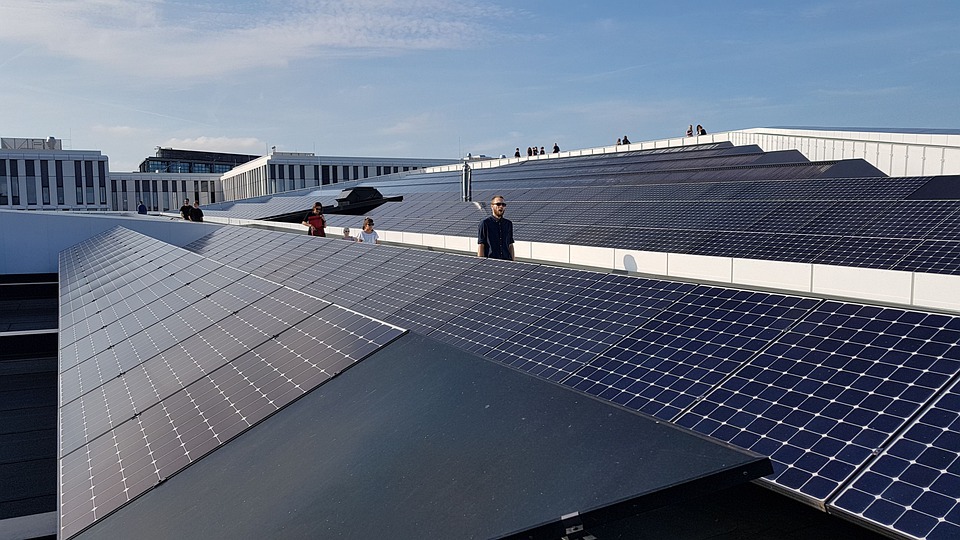
Solar power plants are a flexible solution and allow to fulfil elements assembling by yourself or company installers.
The power of photocell elements should be chosen to cover basic electrical load of a site. In this case full generated power of the solar plant will be always used. Otherwise solar energy will be consumed not 100 per cent and the payback period will be longer for the solar station, its photocells and auxiliary equipment.
The absence of generation during night period and in bad weather conditions can be partly compensated by installation of accumulators with chargers for small solar power stations.
Installation of a solar power plant with accumulators can be reasonable only when connection to the grid cannot be completed.. In case of operation in parallel with the grid the needed difference of consumed and generated power can be imported from the grid.
If a local electrical grid is reliable enough it is not necessary to install a power storage system. When a solar power plant operates in parallel with a grid, accumulators will be inefficient from a point a view of investment.
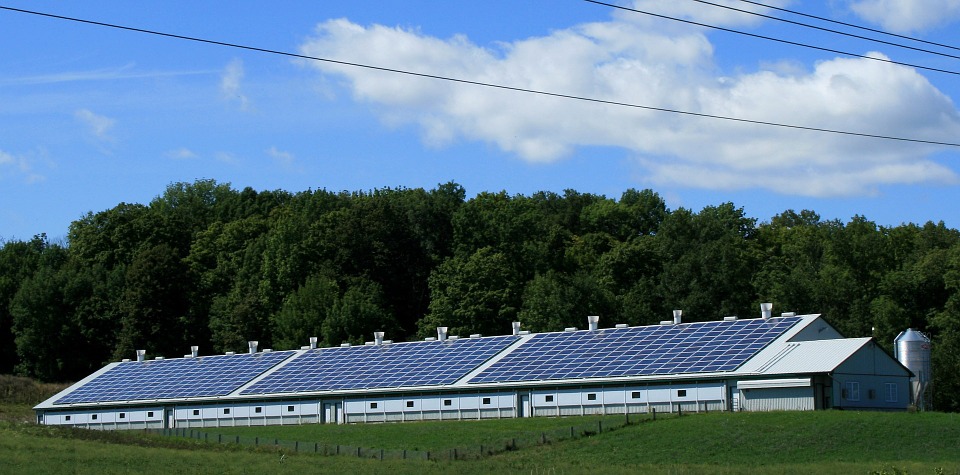
Such accumulators can be effective only when grid connection is impossible. But even in this case usage of a gas or diesel generator set can be a more effective means depending on the needed power. Such conventional gas or diesel gensets will be required to cover the consuming power during night time, winter period and in bad weather conditions.
It should be taken into account that in parallel with the grid mode some power can be exported to the grid. If a customer has a standard electricity meter the exported capacity will be counted by meter as a consumed energy. In this case the customer will have to pay for the exported kilowatt-hours as well.
3-phase power meters can control the direction of power transfer and calculate exported and imported power. Such 3-phase power meters cost much more compared with the standard single line units without import / export control.
To exclude power export to electrical grid control system of a solar power plant should automatically reduce the power generated by photocell panels and increase the generated power when demand for it rises.
The drawbacks of solar power plants are the following: it is not possible to generate capacity at night period, in bad weather conditions, high capacity drop in winter period, especially at latitudes more than 45 ͦ, large square required for installation of powerful solar plants.
The main advantages of solar energy are absence of costs for fuel purchase, simple assembling, service and repair procedures.

WhyTrinaPro_SPI Sep2019 – pdf
 |
DS_YLM72CELL -36b_40mm_EU_EN_20190101_V04 – pdf
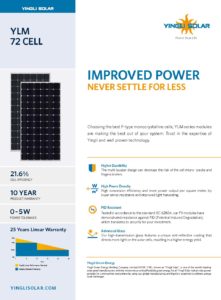 |
